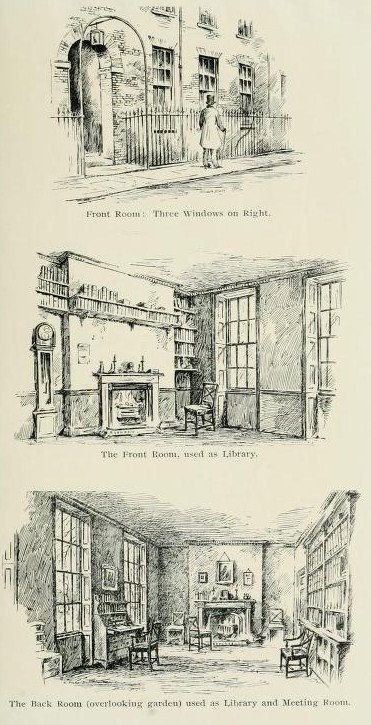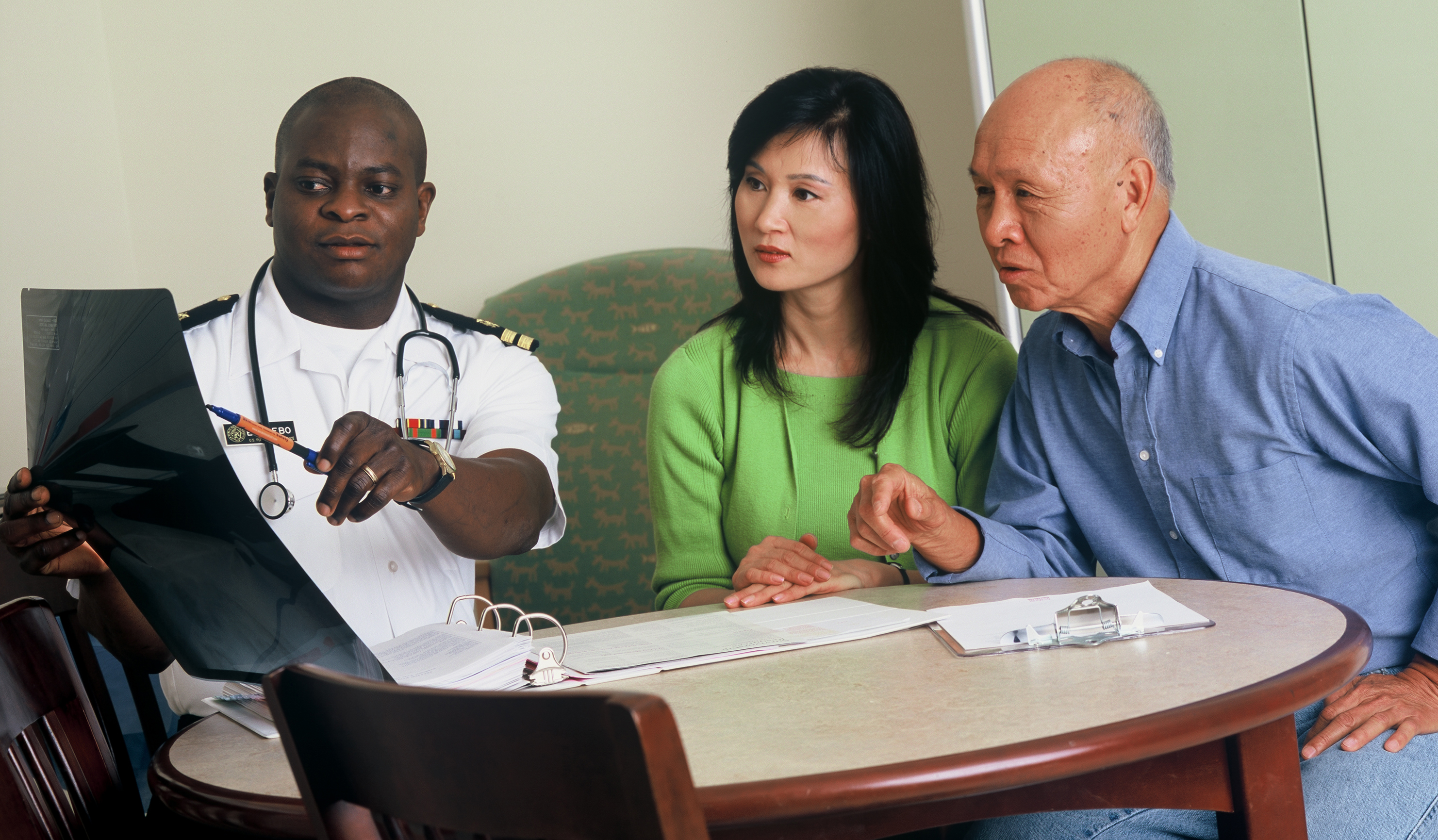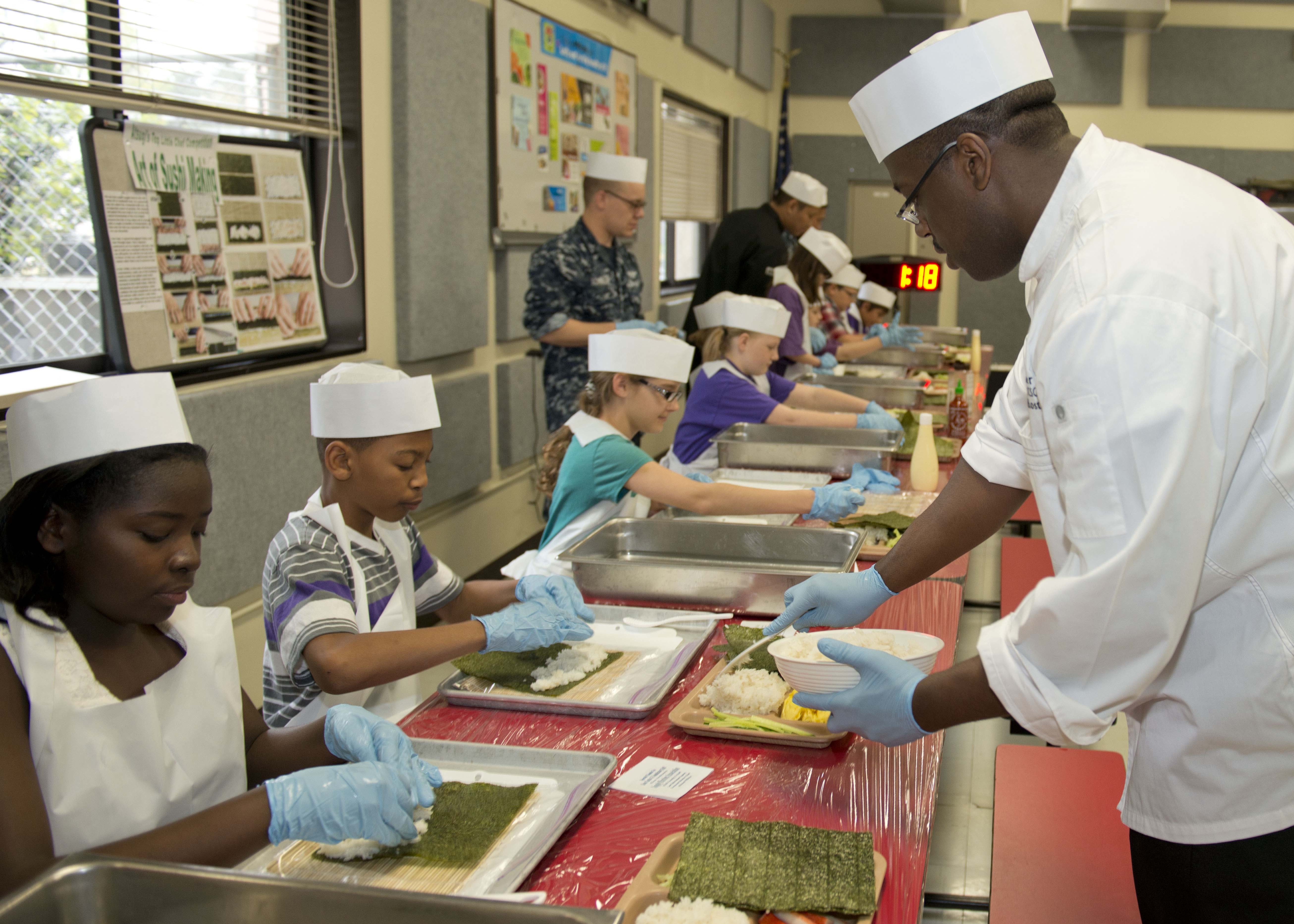|
Clinical Society Of London
The Clinical Society of London was founded in London in 1868 and merged in 1907 with the Royal Medical and Chirurgical Society of London to form the Royal Society of Medicine (RSM). The founding of the Clinical Society was mainly due to Drs. Edward Headlam Greenhow and John Burdon Sanderson who convened a meeting to discuss the formation of a society "''for the cultivation and promotion of practical medicine and surgery by the collection of cases, especially such as bear upon undetermined questions in pathology and therapeutics''". Sir Thomas Watson was appointed first president and some 110 members recruited and the first general meeting held on 10 January 1868. Ordinary meetings were then held twice a month from October to May, at which short papers were submitted and discussed. The specific medical cases discussed were drawn from all branches of medicine. An annual general meeting was held at which officers were elected. Presidents served for two years. In 1896 the society inv ... [...More Info...] [...Related Items...] OR: [Wikipedia] [Google] [Baidu] |
Royal Medical And Chirurgical Society Of London
The Royal Medical and Chirurgical Society of London (RMCS), created in 1805 as the Medical and Chirurgical Society of London, was a learned society of physicians and surgery, surgeons, that received a Royal charter in 1834, and a supplement charter in 1907 to create the newly merged Royal Society of Medicine. Origins The RMCS was founded in 1805 as the Medical and Chirurgical Society of London, by 26 medical men who left the Medical Society of London (founded 1773) in reaction to the autocratic style of its president, James Sims (physician), James Sims. Among its founders there were William Saunders (physician), William Saunders (1743–1817), its first president; John Yelloly (1774–1842), Astley Cooper, Sir Astley Cooper (1768–1841), the first treasurer; Alexander Marcet (1770–1822) and Peter Mark Roget (1779–1869). According to its charter, the Medical and Chirurgical Society of London was founded "for the purpose of conversation on professional subjects, for the recep ... [...More Info...] [...Related Items...] OR: [Wikipedia] [Google] [Baidu] |
Sir Andrew Clark, 1st Baronet
Sir Andrew Clark, 1st Baronet (28 October 18266 November 1893), was a Scotland, Scottish physician and pathologist. Early life and education He was born in Aberdeen, the illegitimate son of Amelia Anderson and Andrew Clark. His mother died at his birth, and his father, who also was a physician, died when he was seven years old. After attending school in Aberdeen, he was sent by his guardians, two wealthy uncles, to Dundee, attending the High School of Dundee and was then apprenticed to a pharmacist. On returning to Aberdeen, he began his medical studies at the University of Aberdeen. Soon, however, he went to Edinburgh, where in the extra-academical school he had a student's career of the most brilliant description, ultimately becoming assistant to Dr John Hughes Bennett in the Pathology Department of the Edinburgh Royal Infirmary and assistant demonstrator of anatomy to Robert Knox (surgeon), Robert Knox. But symptoms of tuberculosis brought his academic life to a close and, i ... [...More Info...] [...Related Items...] OR: [Wikipedia] [Google] [Baidu] |
Professional Associations Based In The United Kingdom
A professional is a member of a profession or any person who works in a specified professional activity. The term also describes the standards of education and training that prepare members of the profession with the particular knowledge and skills necessary to perform their specific role within that profession. In addition, most professionals are subject to strict codes of conduct, enshrining rigorous ethical and moral obligations. Professional standards of practice and ethics for a particular field are typically agreed upon and maintained through widely recognized professional associations, such as the IEEE. Some definitions of "professional" limit this term to those professions that serve some important aspect of public interest and the general good of society.Sullivan, William M. (2nd ed. 2005). ''Work and Integrity: The Crisis and Promise of Professionalism in America''. Jossey Bass.Gardner, Howard and Shulman, Lee S., The Professions in America Today: Crucial but Fragile. D ... [...More Info...] [...Related Items...] OR: [Wikipedia] [Google] [Baidu] |
Learned Societies Of The United Kingdom
Learning is the process of acquiring new understanding, knowledge, behaviors, skills, values, attitudes, and preferences. The ability to learn is possessed by humans, non-human animals, and some machines; there is also evidence for some kind of learning in certain plants. Some learning is immediate, induced by a single event (e.g. being burned by a hot stove), but much skill and knowledge accumulate from repeated experiences. The changes induced by learning often last a lifetime, and it is hard to distinguish learned material that seems to be "lost" from that which cannot be retrieved. Human learning starts at birth (it might even start before) and continues until death as a consequence of ongoing interactions between people and their environment. The nature and processes involved in learning are studied in many established fields (including educational psychology, neuropsychology, experimental psychology, cognitive sciences, and pedagogy), as well as emerging fields of kno ... [...More Info...] [...Related Items...] OR: [Wikipedia] [Google] [Baidu] |
James Paget
Sir James Paget, 1st Baronet FRS HFRSE (11 January 1814 – 30 December 1899) (, rhymes with "gadget") was an English surgeon and pathologist who is best remembered for naming Paget's disease and who is considered, together with Rudolf Virchow, as one of the founders of scientific medical pathology. His famous works included ''Lectures on Tumours'' (1851) and ''Lectures on Surgical Pathology'' (1853). There are several medical conditions which were described by, and later named after, Paget: * Paget's disease of bone * Paget's disease of the nipple (a form of intraductal breast cancer spreading into the skin around the nipple) ** Extramammary Paget's disease refers to a group of similar, more rare skin lesions discovered by Radcliffe Crocker in 1889 which affect the male and female genitalia. * Paget–Schroetter disease * Paget's abscess, an abscess that recurs at the site of a former abscess which had resolved. Life Paget was born in Great Yarmouth, England, on 11 Jan ... [...More Info...] [...Related Items...] OR: [Wikipedia] [Google] [Baidu] |
Sir William Gull, 1st Baronet
Sir William Withey Gull, 1st Baronet (31 December 181629 January 1890) was an English physician. Of modest family origins, he established a lucrative private practice and served as Governor of Guy's Hospital, Fullerian Professor of Physiology and President of the Clinical Society. In 1871, having successfully treated the Prince of Wales during a life-threatening attack of typhoid fever, he was created a Baronet and appointed to be one of the Physicians- in-Ordinary to Queen Victoria. Gull made some significant contributions to medical science, including advancing the understanding of myxoedema, Bright's disease, paraplegia and anorexia nervosa (for which he first established the name). A masonic/royal conspiracy theory created in the 1970s alleged that Gull knew the identity of Jack the Ripper, or even that he was the murderer. Scholars have dismissed the idea, since Gull was 71 years old and in ill health when the murders were committed. The theory has been used by creators o ... [...More Info...] [...Related Items...] OR: [Wikipedia] [Google] [Baidu] |
Prescott Gardner Hewett
Sir Prescott Gardner Hewett, 1st Baronet, FRCS (3 July 1812 – 19 June 1891) was a British surgeon, and the son of a Yorkshire country gentleman. Life Hewett lived for some years in early life in Paris, and started on a career as an artist, but abandoned it for surgery. He entered Saint George's Hospital, London (where his half-brother, Dr Cornwallis Hewett, was a physician from 1825 to 1833), becoming demonstrator of anatomy and curator of the museum. He was the pupil and intimate friend of Sir Benjamin Collins Brodie, and helped the latter in much of his work. Eventually he rose to be anatomical lecturer, assistant-surgeon and surgeon to the hospital. In 1873 he was elected President of the Clinical Society of London. In 1876, he was president of the College of Surgeons, and in 1877, he was made serjeant-surgeon extraordinary to Queen Victoria, in 1884 serjeant-surgeon, and in 1883 he was created a baronet. In June 1874 he was elected a Fellow of the Royal Society Hewett ... [...More Info...] [...Related Items...] OR: [Wikipedia] [Google] [Baidu] |
Sir William Jenner, 1st Baronet
Sir William Jenner, 1st Baronet (30 January 181511 December 1898) was a significant English physician primarily known for having discovered the distinction between typhus and typhoid. Biography Jenner was born at Chatham on 30 January 1815, and educated at University College London. He became a Member of the Royal College of Surgeons of England (M.R.C.S.) in 1837, a Fellow of the Royal College of Physicians (F.R.C.P.) in 1852, and in 1844 took the London M.D. In 1847, he began at the London Fever Hospital investigations into cases of continued fever which enabled him finally to make the distinction between typhus and typhoid on which his reputation as a pathologist principally rests, publishing his book ''"On the Identity or Non-Identity of Typhoid and Typhus Fever"'' in 1850. In 1849, he was appointed professor of pathological anatomy at University College, and also assistant physician to University College Hospital, where he afterwards became physician (1854–1876) and co ... [...More Info...] [...Related Items...] OR: [Wikipedia] [Google] [Baidu] |
George William Callender
George William Callender (1830–1879) was an English surgeon. Life Callender was born at Clifton, Bristol, Clifton, and, after education at a Bristol school, became a medical student at St. Bartholomew's Hospital in 1849. In 1852 he was a member of the Royal College of Surgeons, and a fellow in 1855. Callnder was house-surgeon at St. Bartholomew's, was in 1861 elected assistant surgeon, and in 1871 surgeon to the hospital. At the same time he was a lateacher in the medical school, was registrar (1854), demonstrator of anatomy, lecturer on comparative anatomy and on anatomy (1865), and finally (1873) lecturer on surgery. For many years he was treasurer of the medical school. Callender lived in Queen Anne Street, married Sophia Bousfield in 1859, and had several children. He died on 20 October 1879 of Bright's disease, at sea on his way back from America. He was buried at West Norwood Cemetery. Works Callender published a paper on the ''Development of the Bones of the Face in M ... [...More Info...] [...Related Items...] OR: [Wikipedia] [Google] [Baidu] |
Joseph Lister, 1st Baron Lister
Joseph Lister, 1st Baron Lister, (5 April 1827 – 10 February 1912) was a British surgeon, medical scientist, experimental pathologist and pioneer of aseptic, antiseptic surgery and preventive healthcare. Joseph Lister revolutionised the Surgical technique, craft of surgery in the same manner that John Hunter (surgeon), John Hunter revolutionised the science of surgery. From a technical viewpoint, Lister was not an exceptional surgeon, but his research into bacteriology and infection in wounds revolutionised surgery throughout the world. Lister's contributions were four-fold. Firstly, as a surgeon at the Glasgow Royal Infirmary, he introduced carbolic acid (modern-day phenol) as a sterilization (microbiology), steriliser for surgical instruments, patients' skins, surgical suture, sutures, surgeons' hands, and wards, promoting the principle of antiseptics. Secondly, he researched the role of inflammation and tissue perfusion in the healing of wounds. Thirdly, he advanced diag ... [...More Info...] [...Related Items...] OR: [Wikipedia] [Google] [Baidu] |
Sir William Broadbent, 1st Baronet
Sir William Henry Broadbent, 1st Baronet (23 January 1835 – 10 July 1907) was an English neurologist who was a leading British authority in the field of cardiology and neurology. He also performed research involving diseases such as tuberculosis and cancer. In 1881 he was elected President of the London Medical Society and in 1887 President of the Clinical Society of London. Broadbent was a Physician-Extraordinary to Queen Victoria and Physician-in-Ordinary to King Edward VII and the Prince of Wales. Early life and education Broadbent was born at Longwood Edge in Lindley, now part of Huddersfield, West Yorkshire. He was the eldest of seven children born to John Broadbent, a wool manufacturer and prominent Wesleyan, and Esther (''née'' Butterworth). His younger brother was Colonel John Edward Broadbent . He was educated at Huddersfield College before he decided to study medicine. He was apprenticed to a doctor in Manchester before studying medicine at Owens College, and ... [...More Info...] [...Related Items...] OR: [Wikipedia] [Google] [Baidu] |
Royal Society Of Medicine
The Royal Society of Medicine (RSM) is a medical society based at 1 Wimpole Street, London, UK. It is a registered charity, with admission through membership. Its Chief Executive is Michele Acton. History The Royal Society of Medicine (RSM) was formed in 1907 when 17 individual medical societies merged with the Royal Medical and Chirurgical Society of London (RMCS), reflecting the growing acceptance of medical specialties at that time. Key figures in its founding included John MacAlister, the resident librarian at the RMCS since 1886, and his supporters Sir Richard Douglas Powell, Sir William Selby Church and Sir William Osler. 19th century Although the Society became the RSM in 1907, it is generally accepted by its historians that the origins date back to 1805, when John Yelloly, Alexander Marcet and William Saunders left the Medical Society of London (MSL) as a protest against its president James Sims, and created the Medical and Chirurgical Society of Lon ... [...More Info...] [...Related Items...] OR: [Wikipedia] [Google] [Baidu] |








